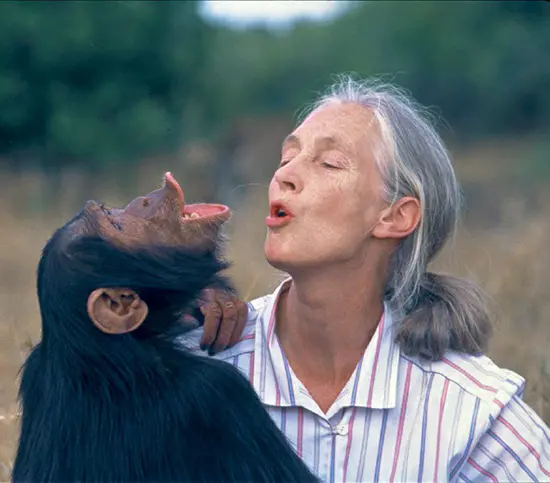Chimpanzees, our closest living relatives in the primate world, share about 99% of our DNA, highlighting a close evolutionary link. These fascinating creatures, inhabiting Central and West Africa, have captured the interest of researchers worldwide, particularly in the fields of genetics, sociology, and zoology. Estimates suggest the wild population of chimpanzees and bonobos, their close relatives, ranges between 200,000 and 300,000.
The groundbreaking work of British anthropologist Jane Goodall has been pivotal in our understanding of chimpanzees. Hired initially by renowned anthropologists Mary and Louis Leakey in the late 1950s, Goodall began her transformative research in Tanzania’s Gombe National Park in 1960. With her doctorate focused on chimpanzee behavior, she emerged as a leading expert in the field.
Goodall’s research, as documented in her 1988 book “My Life with the Chimpanzees,” revolutionized our perception of these animals. She discovered their distinct personalities, emotional depth, and social complexities, including their practices of kissing, hugging, and tool usage. Her observations also shed light on their carnivorous habits and hunting behaviors, revealing a more intricate and sometimes darker aspect of their nature.
In addition to wild chimpanzees, there is a significant number of these primates in research laboratories, primarily in the US. The ethical debate regarding their use in medical research has been intensified by advocates like Goodall, who argue for their release into sanctuaries.

